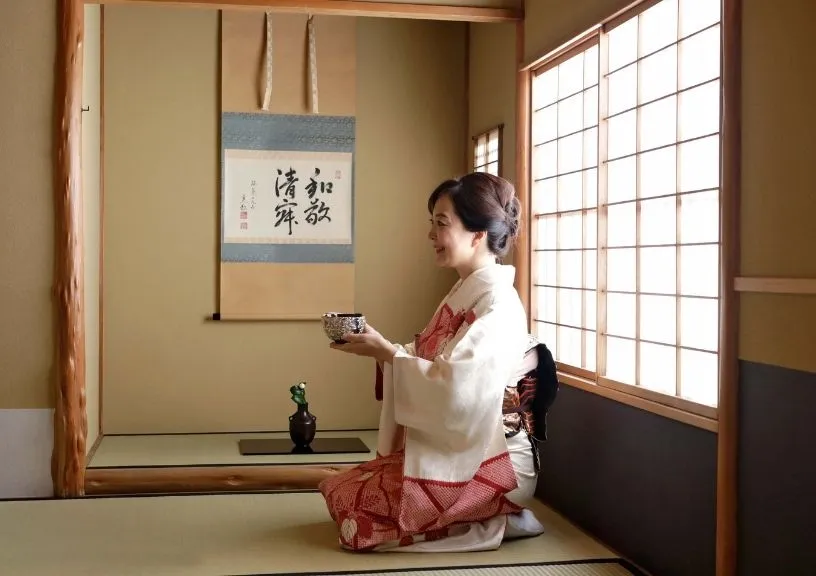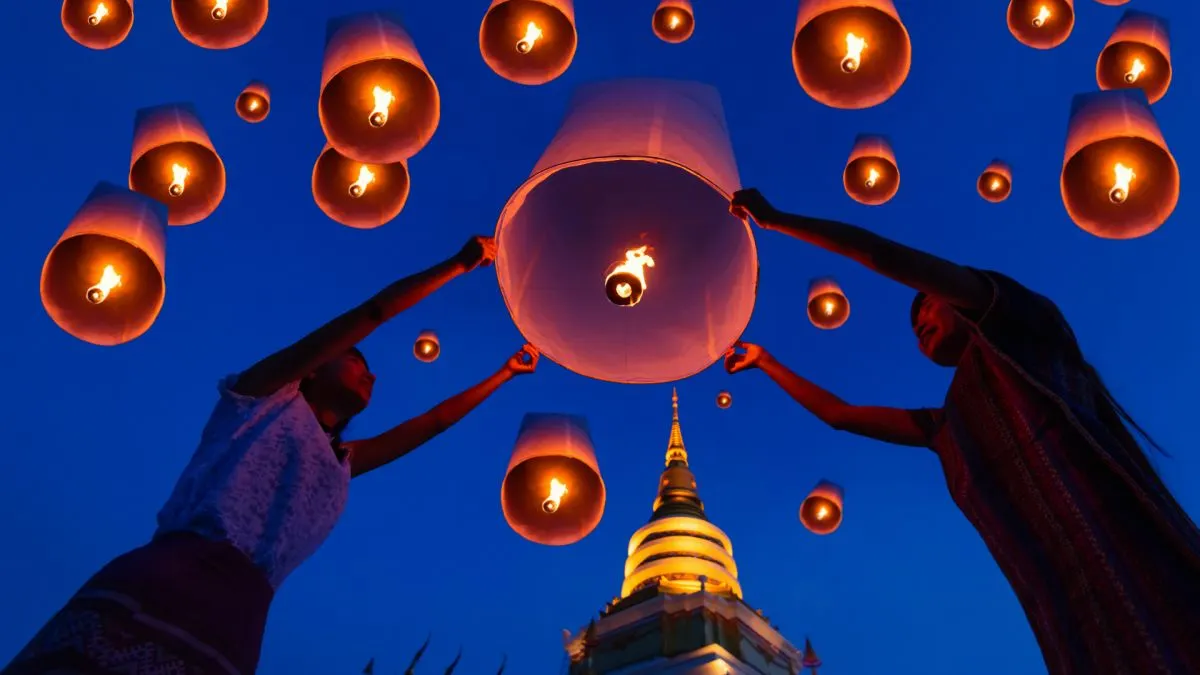Cultural Traditions of Specific Countries or Regions: The world is a mosaic of diverse cultures, each with its unique traditions and customs that have been passed down through generations. These cultural traditions not only define a country or region but also provide a glimpse into its rich history and values. In this article, we will explore the captivating cultural traditions of three specific countries: Japan, Mexico, and India. From ancient ceremonies to vibrant festivals, let’s embark on a journey through these enchanting lands.
Japan: Embracing Harmony and Rituals

- Tea Ceremony: Steeped in Grace and Serenity
One of Japan’s most iconic cultural traditions is the tea ceremony, known as “chado” or “sado.” This ancient practice involves the preparation and presentation of matcha, powdered green tea, in an elaborate and highly ritualized manner. Participants experience a sense of tranquility as they observe the host’s precise movements, leading to a deep appreciation of simplicity, beauty, and harmony.
- Cherry Blossom Festival: A Symbol of Transience and Beauty
Each spring, Japan’s landscape is transformed into a breathtaking tapestry of delicate cherry blossoms. The cherry blossom festival, known as “Hanami,” is celebrated nationwide. Families and friends gather beneath the blooming trees to share food, drink, and laughter. This tradition highlights the Japanese value of appreciating the fleeting beauty of nature and cherishing the present moment.
Mexico: Colorful Festivities and Symbolic Artistry
- Day of the Dead: Honoring Ancestral Spirits
The Day of the Dead, or “Dia de los Muertos,” is a vibrant and joyous celebration that takes place from October 31 to November 2 in Mexico. During this time, families come together to honor and remember their departed loved ones. Colorful altars, adorned with marigolds, candles, photographs, and their favorite foods, are created to welcome the spirits. The streets come alive with parades, music, and sugar skull face paintings, reflecting Mexico’s deep-rooted connection to both life and death.
- Mariachi Music: A Soulful Serenade
Mariachi, Mexico’s beloved musical tradition, is a passionate and lively genre that combines elements of Spanish, African, and indigenous influences. With its distinctive costumes and a range of instruments, including trumpets, violins, and guitars, Mariachi music captures the essence of Mexican culture. These vibrant performances are an integral part of celebrations, such as weddings, birthdays, and festivals, evoking emotions of joy, love, and nostalgia.
India: Diversity Unveiled in Festivals and Ceremonies

- Diwali: The Festival of Lights
Diwali, also known as the Festival of Lights, is one of India’s most significant celebrations. Lasting for five days, this festival symbolizes the victory of light over darkness and good over evil. Homes are adorned with clay lamps called “diyas,” and vibrant fireworks light up the night sky. Families gather to exchange sweets, wear new clothes, and participate in traditional dances, showcasing India’s diverse cultural heritage.
- Holi: A Colorful Celebration of Spring
Holi, the Festival of Colors, welcomes the arrival of spring in India. Participants joyously throw colored powders and water at each other, creating a kaleidoscope of hues. This lively celebration represents unity, love, and the triumph of good over evil. Holi transcends social boundaries, bringing people from all walks of life together in a riot of laughter, dance, and exuberance.
Cultural traditions serve as the threads that weave societies together, preserving history and shaping the future.
Read Also: Traditional Ceremonies and Rituals
![]()






One thought on “Cultural Traditions of Specific Countries or Regions”